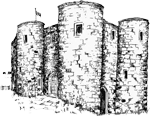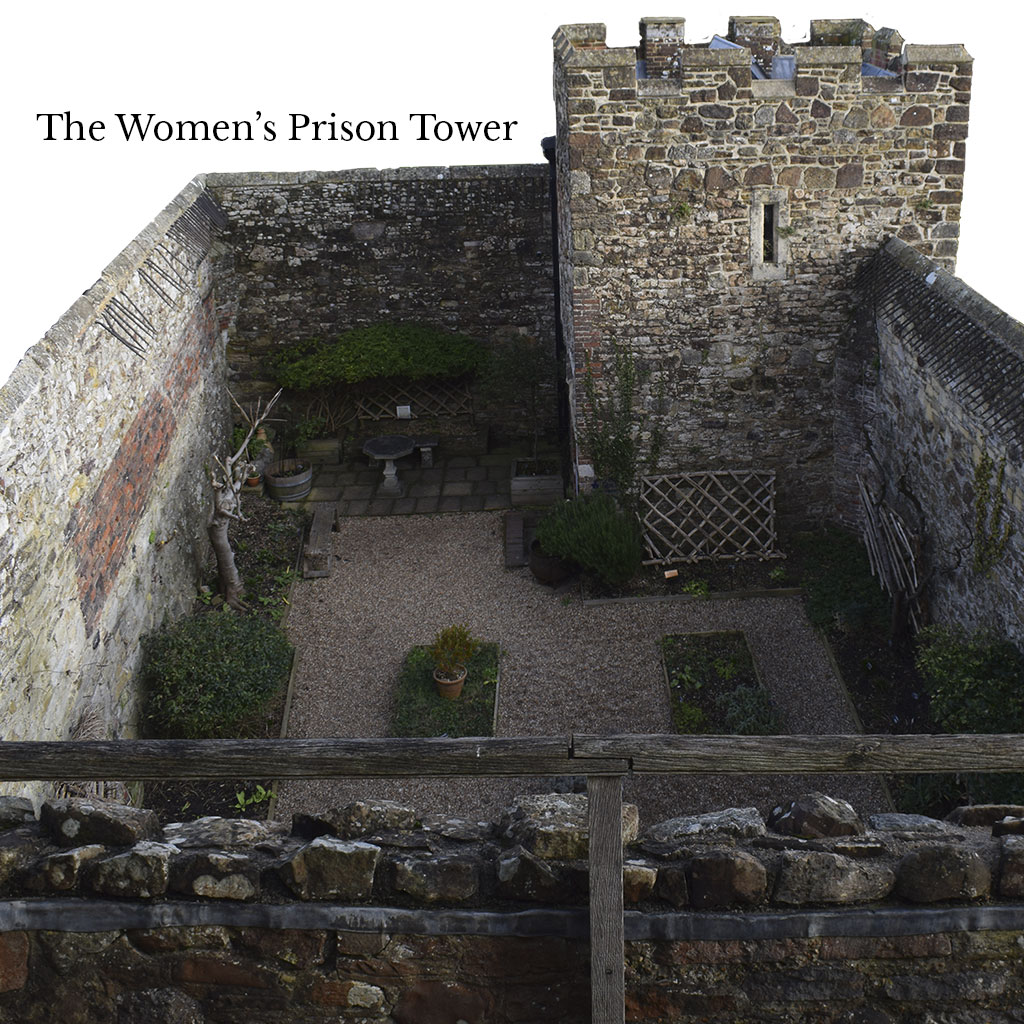Ypres Tower
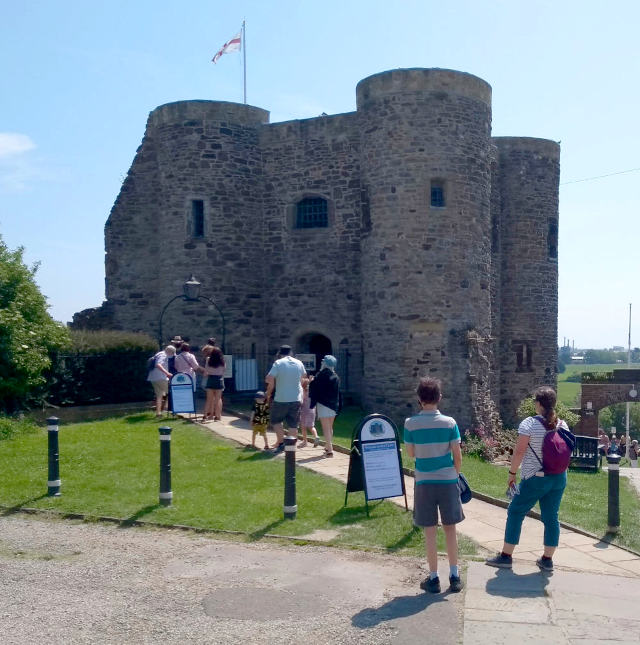
Where to find RCM Ypres Tower
Opening Times & Admissions
Open 7 days a week throughout the year except on 24th and 25th December.
March 30 – October 31: 10:30 – 5:00, last admission 4:30
November 1 – March 29: 10:30 am – 3:30 Last admission 3:00 pm
Admission to the Tower: Adults £5.00
Children under 16 free but must be accompanied by an adult.
All donations are always gratefully received. Your admission fee supports everything we do. For more information on how to help us with funding click here
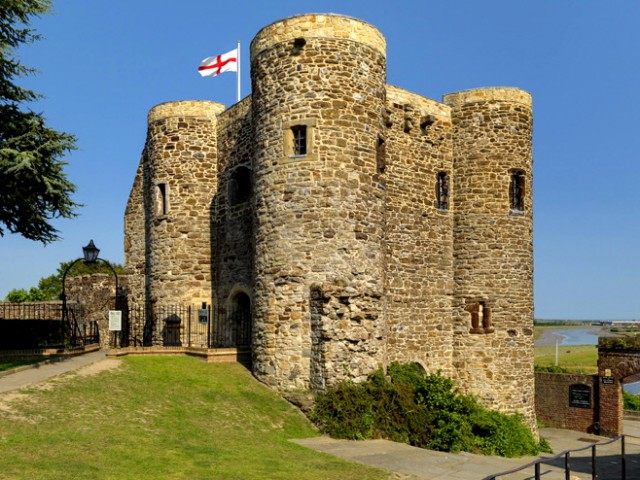
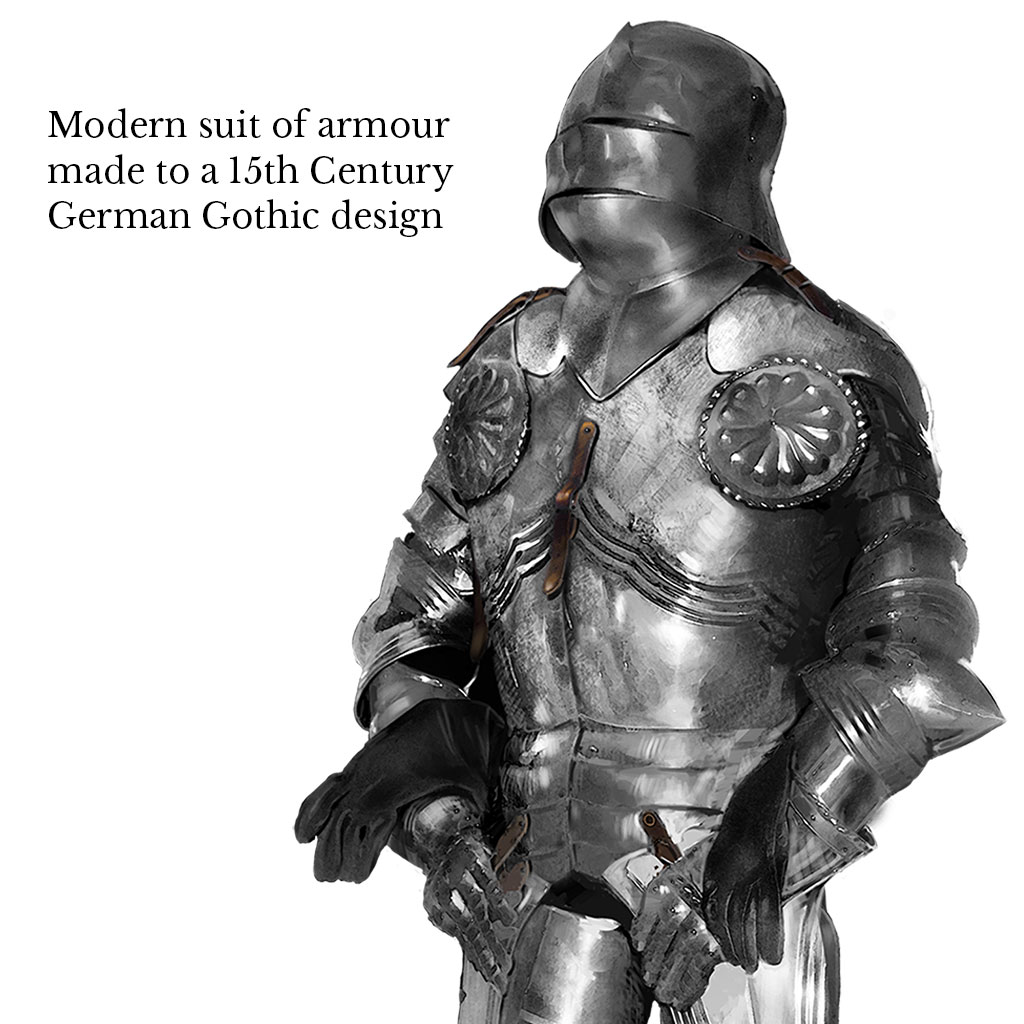
Access
The Ypres Tower is a Scheduled Ancient Monument. It has uneven floors, low doorways, uneven steps and no lift. The Women’s Tower is situated in the garden, down a flight of steps…
Group Bookings
Groups wishing to visit the Ypres Tower may book to do so via telephone or email. Groups of over 8 people have a special rate and it is possible to arrange for a guide or a talk on a particular subject. The Museum Education Team can arrange special class visits for various curriculum subjects.
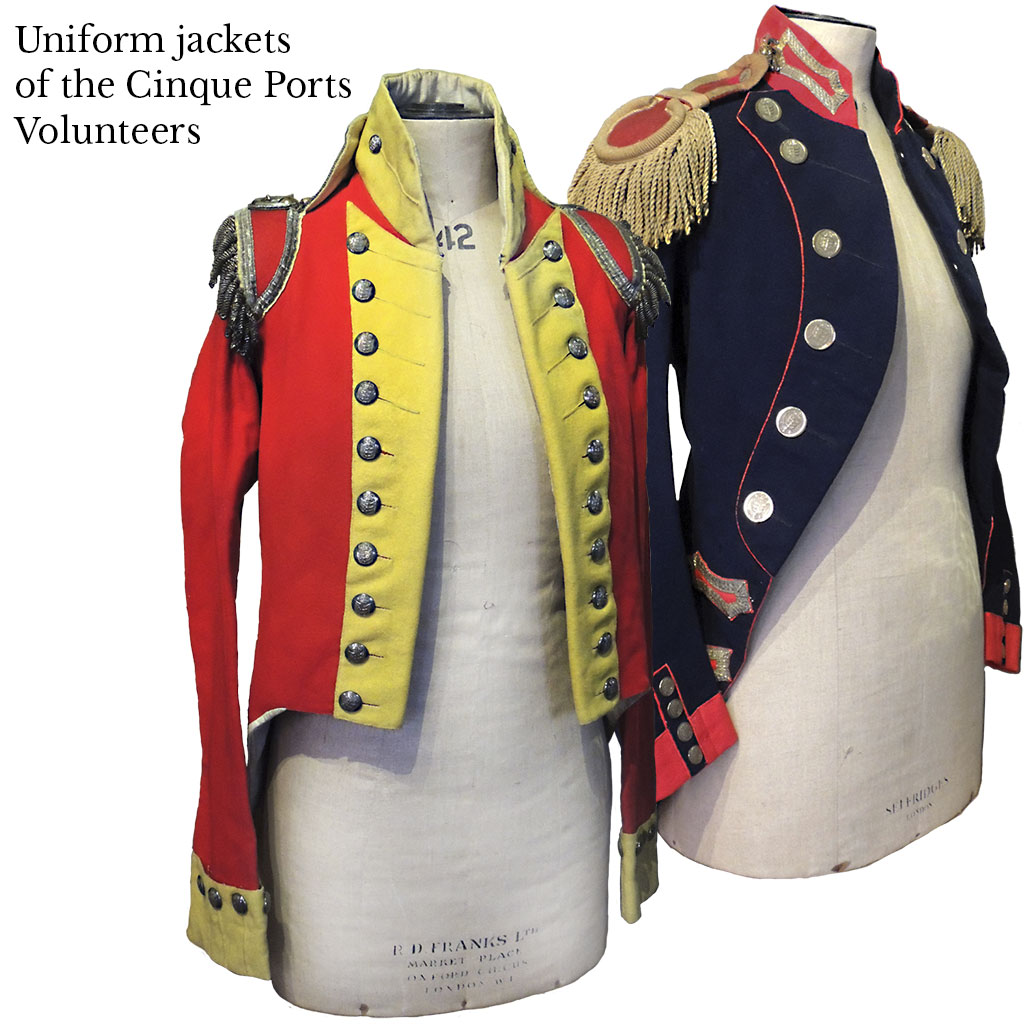

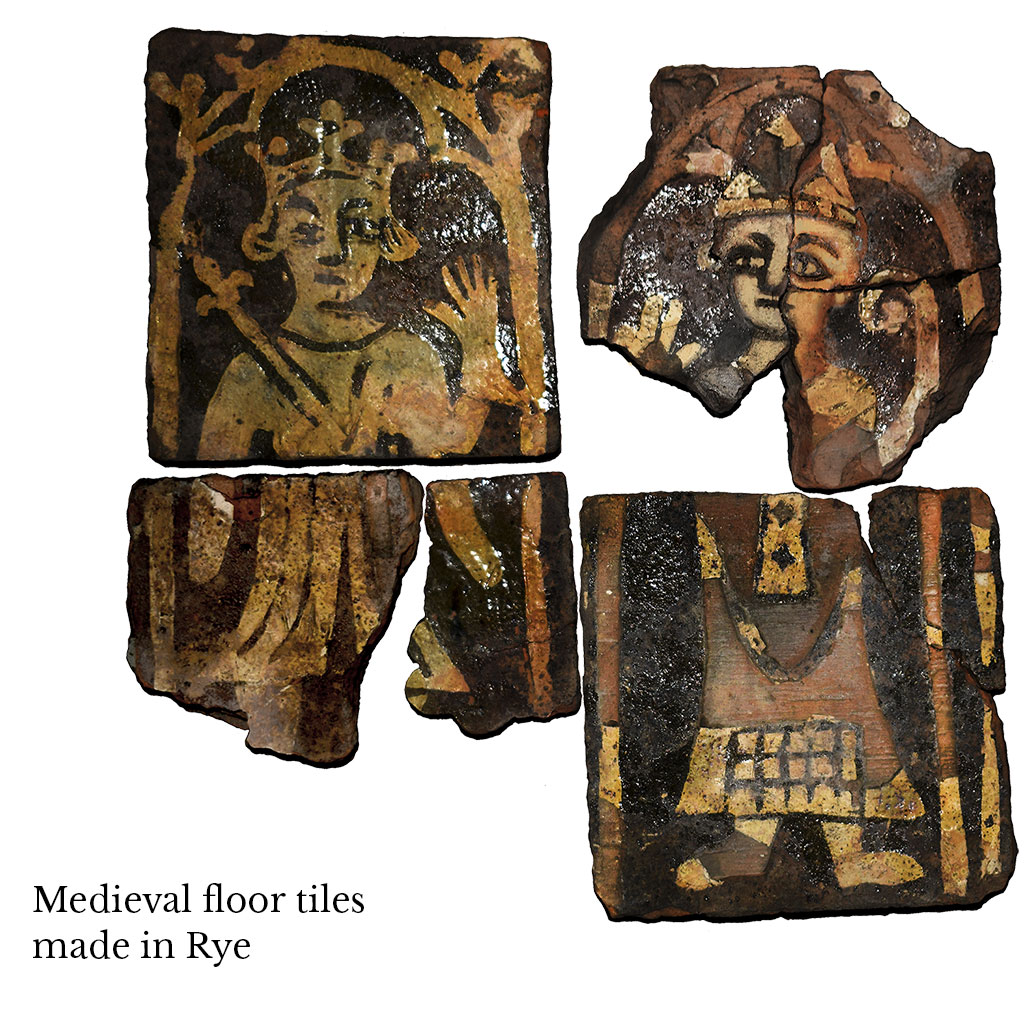
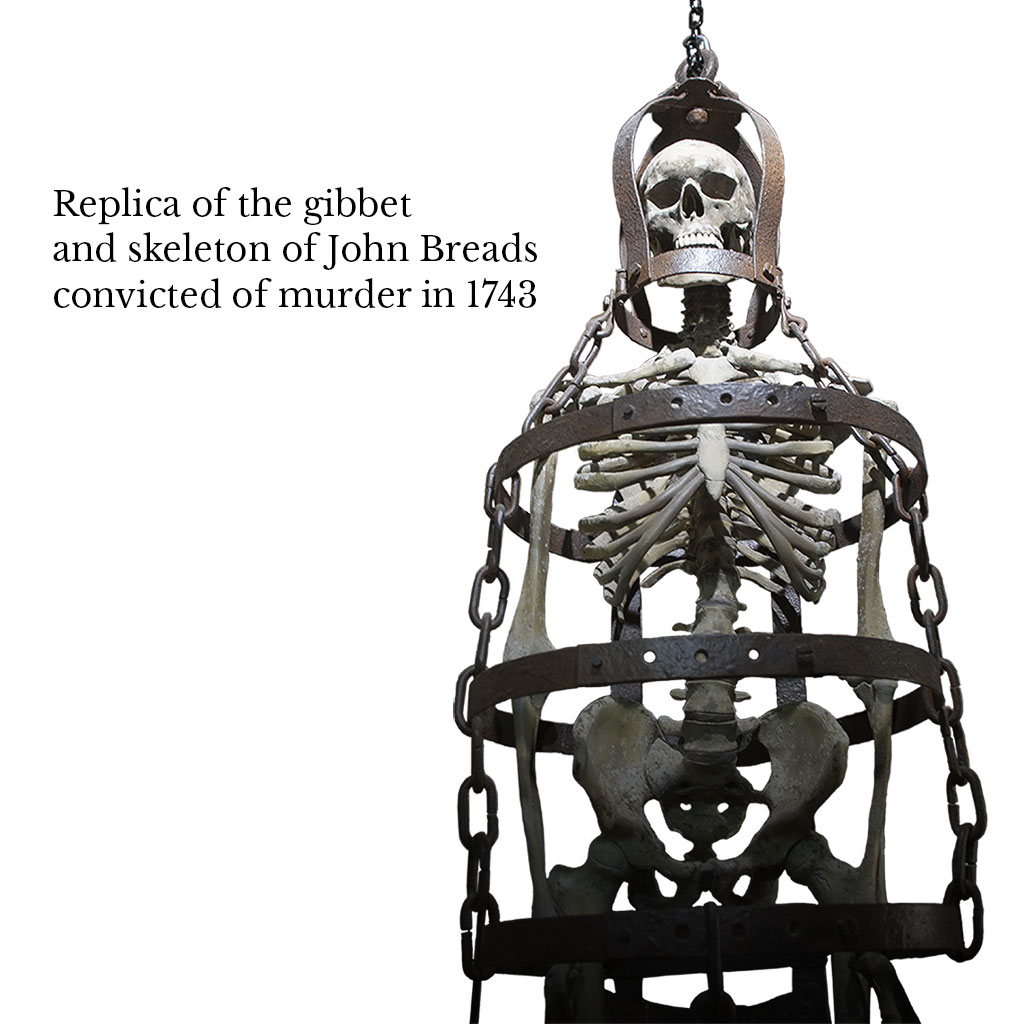
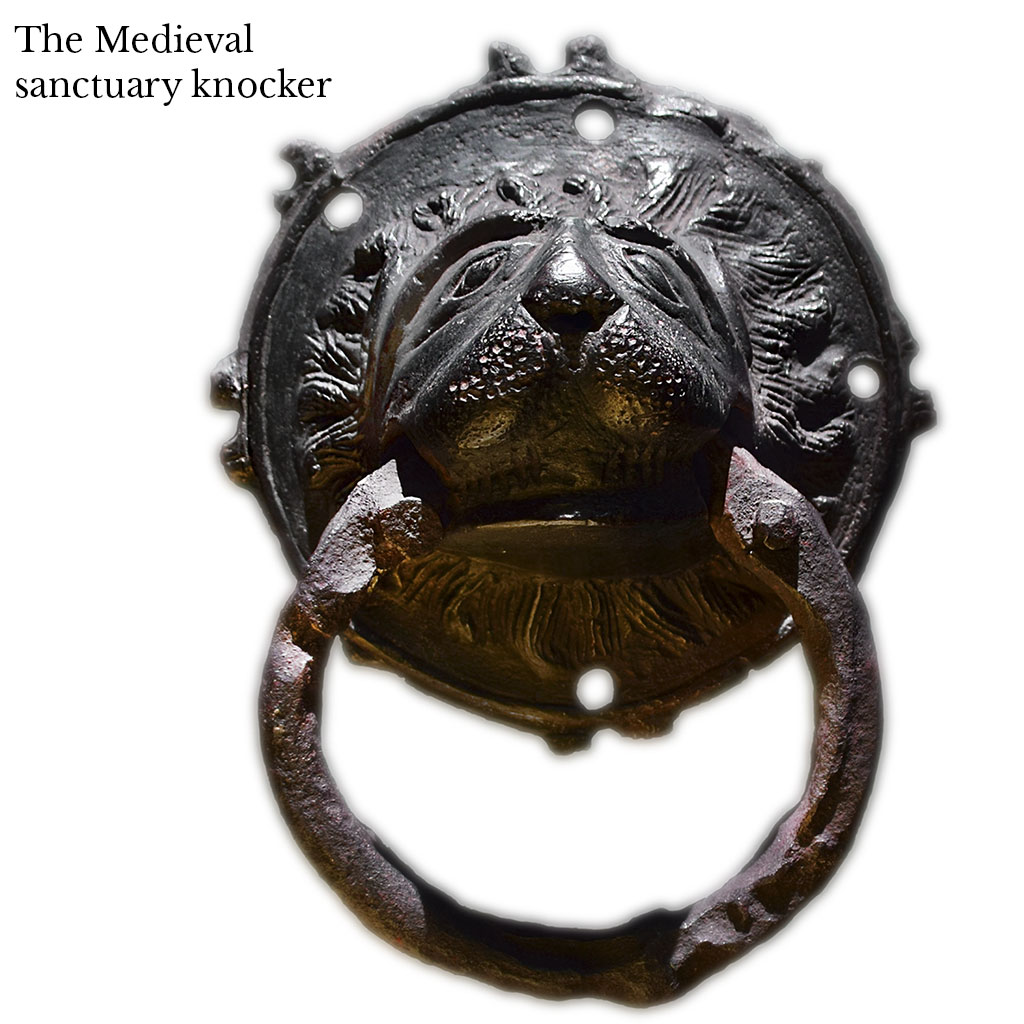

Previous
Next
